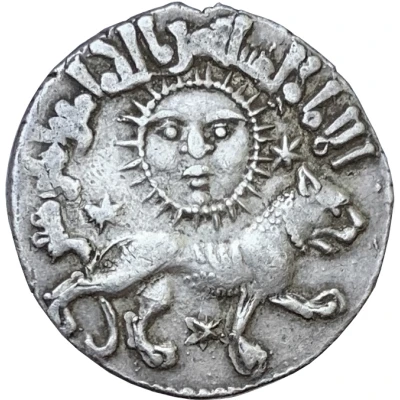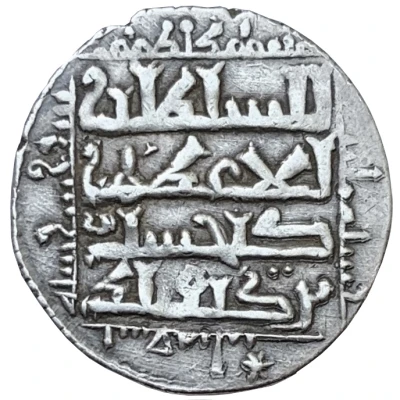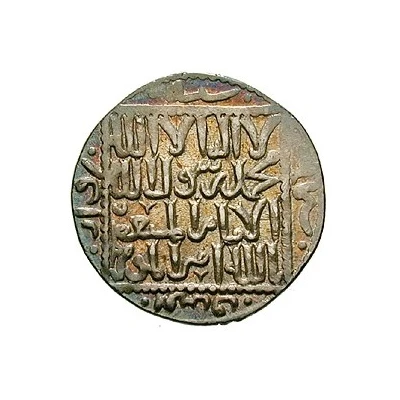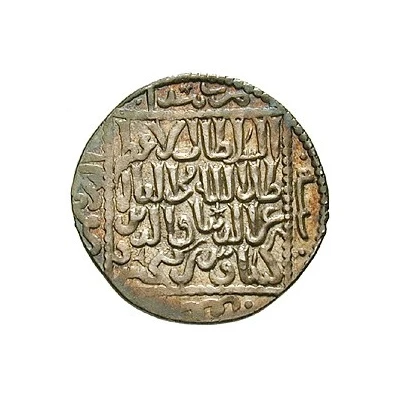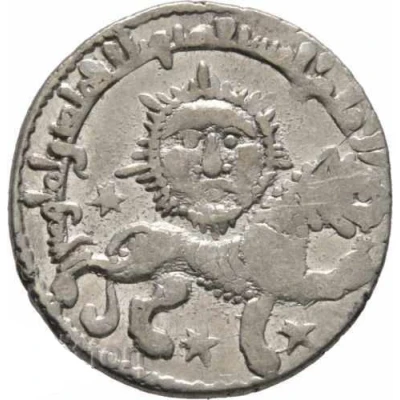
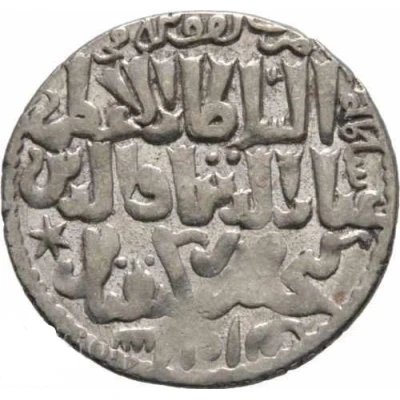

Dirham - Kaykhusraw II b. Kayqubad Lion & Sun Type, Konya
| Silver | 3 g | 22.5 mm |
| Issuer | Rûm Sultanate |
|---|---|
| Sultan | Kaykhusraw II (1237-1246) |
| Type | Standard circulation coin |
| Years | 639-641 (1241-1243) |
| Calendar | Islamic (Hijri) |
| Value | 1 Dirham (0.7) |
| Currency | Dinar (1016-1308) |
| Composition | Silver |
| Weight | 3 g |
| Diameter | 22.5 mm |
| Shape | Round (irregular) |
| Technique | Hammered |
| Orientation | Variable alignment ↺ |
| Demonetized | Yes |
| Updated | 2024-10-05 |
| Numista | N#136711 |
|---|---|
| Rarity index | 74% |
Reverse
Three lines Arabic Naskhi lettering . Circular Arabic inscription for the mint and date around margin.
Script: Arabic
Lettering:
ﺍﻟﺴﻠﻄﺎﻥ ﺍﻻﻋﻈﻢ ﻏﻴﺎﺙ ﺍﻟﺪﻧﻴﺎ ﻭ ﺍﻟﺪﻳﻦ ﻛﻴﺨﺴﺮﻭ ﺑﻦ ﻛﻴﻘﺒﺎﺩ
ﺿﺮﺏ ﺑﻘﻮﻧﻴﺔ ﻓﻰ ﺳﻨﺔ ﺍﻩﺍﺭﺑﻌﻴﻦ ﻭﺳﺘﻤﺎﺋﺔ
Translation:
The Great Sultan, Ghiyath al-Dunya wa-l-Din Kay Khusraw bin Kay Qubadh
Struck in Konya (Quniya) in the year 641
Edge
Plain.
Comment
Dirhams of this type dated 638-640 cite the caliph al-Mustansir, those dated 641 the caliph al-Musta‘sim.
Between 638 and 641 A.H. (ca. 1240–1243) a series of remarkable silver dirhams were struck in Kaykhusraw’s name at Sivas and Konya depicting a lion and sun. While coins with images are not unknown in Islamic lands, particularly in the centuries following the Crusades, some Islamic traditions forbid representations of living things.
Several explanations of the lion and sun have been offered. One suggests that the images represent the constellation Leo, the astrological sign of Kaykhusraw's beloved Georgian wife Tamar. Another says that the lion represents Kaykhusraw and the sun Tamar.
Interesting fact
One interesting fact about this coin is that it features a unique combination of Islamic and Mongolian influences in its design. The obverse side of the coin bears the inscription "Kaykhusraw II bin Kayqubad" in Arabic, while the reverse side features a stylized lion and sun motif, which was a common symbol of the Mongolian Empire. This blending of cultural elements reflects the complex political and cultural landscape of the Rûm Sultanate during the 13th century.
